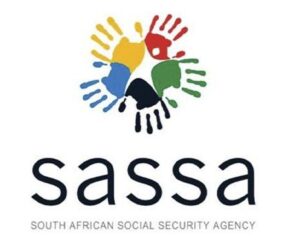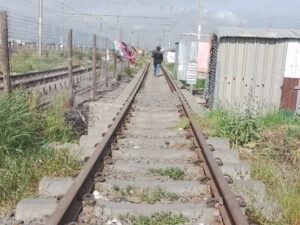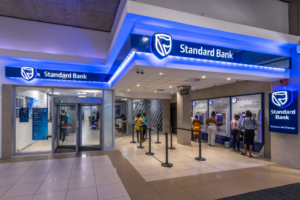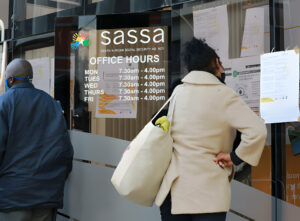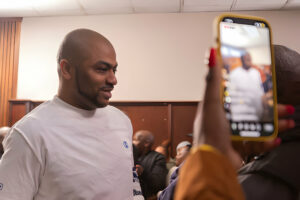The City of Cape Town has found itself at the center of controversy after deciding to paint over a mural depicting the Palestine flag in the Lavender Hill area. The move has sparked widespread criticism, especially on social media, with many questioning the city’s priorities and the swift response to this particular mural removal.
The decision to cover the mural in red paint has ignited public outrage, prompting social commentator Moeshfika Botha to share a video on social media expressing her strong disapproval. Botha emphasized the disparity in the city’s response time, highlighting the quick action taken to remove a mural supporting Palestine, while issues such as drugs, crime, and gang violence in the area appear to receive less attention.
In her impassioned critique, Botha voiced concerns about the governance of the Democratic Alliance (DA) in Cape Town, accusing them of neglecting crucial issues in areas like Lavender Hill. She stated, “The DA and the City of Cape Town are PURE RUBBISH! Lavender Hill right now: They can send LAW ENFORCEMENT to PROTECT CoCT workers who paint over a Palestinian Flag on one of the flats. But they cannot send them to ORDINARILY paint the flats to keep them CLEAN or send law enforcement to PROTECT the people. They will leave the gangsters’ graffiti! But they want the Palestine flag down.”
The City of Cape Town justifies its actions by pointing to Section 9 of the Graffiti by-law titled ‘Permits for Artwork and Decorations.’ This section stipulates that any person intending to apply any form of art or decoration visible from a public place must apply for a permit. The removal of the Palestine mural aligns with the by-law, as it was done without the necessary permit.
However, this has led to questions from the public about the selective enforcement of the by-law. Many have pointed out that graffiti, gang signs, and names still adorn public buildings, which also fall under the by-law’s definition of “inscription, word, figure, letter, sign, symbol, sketch, picture, drawing, or design.” This raises concerns about inconsistency in the application of the law and the city’s priorities in addressing public art.
The controversy highlights broader issues of governance, freedom of expression, and the community’s right to use public spaces for expression without fear of censorship. As the debate unfolds, the City of Cape Town faces the challenge of justifying its actions in a way that respects both the law and the diverse voices within the community.


